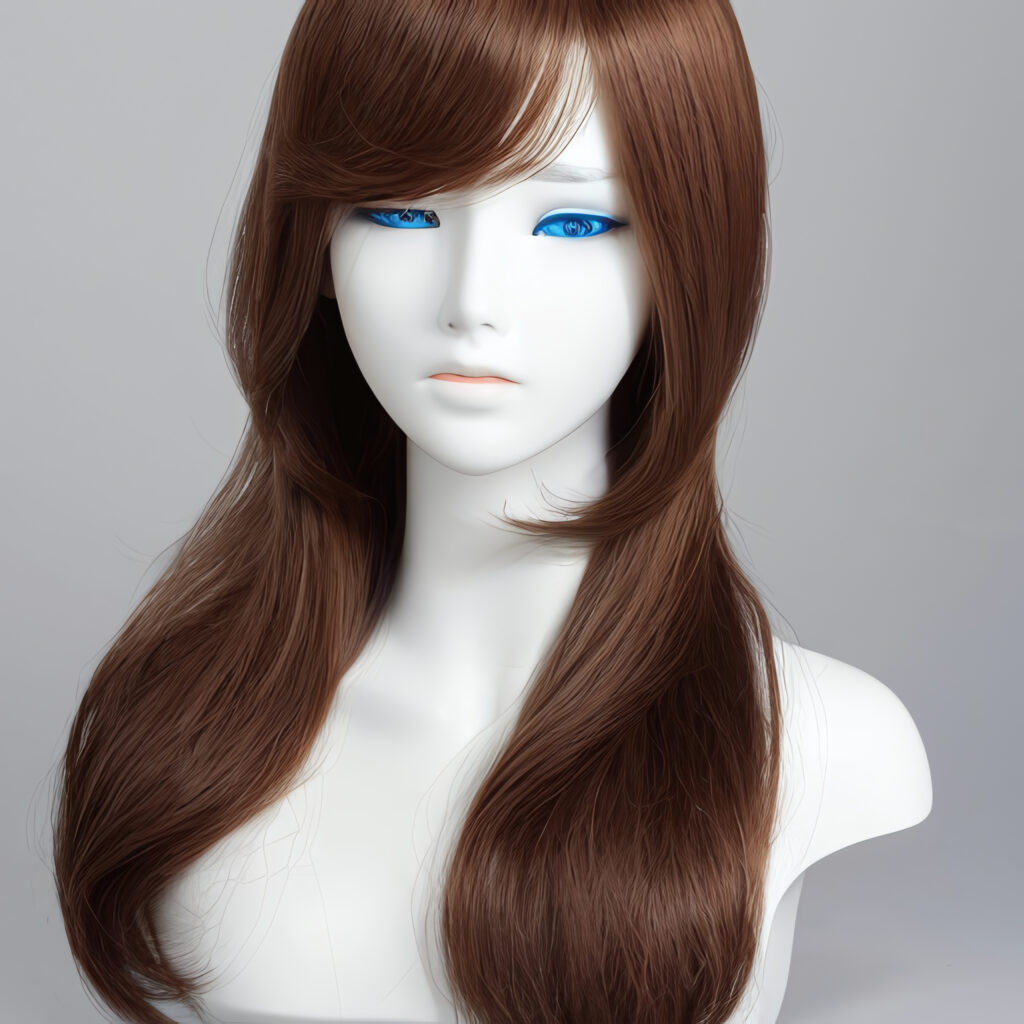Detangling a wig may seem like a daunting task, but with the right techniques and tools, it can be done efficiently without causing damage. Proper care and maintenance are essential to ensure your wig stays looking its best for as long as possible.
Wigs are a popular accessory for individuals looking to change their hairstyle without committing to permanent changes. However, like natural hair, wigs can become tangled and knotted over time, especially with frequent wear and styling.
Why Proper Wig Care Matters?
Importance of Detangling
Regular detangling is crucial for maintaining wig health. It prevents matting and tangling, which can cause breakage and damage to the wig fibers. By combing or brushing the wig, you remove knots and tangles that accumulate over time. This simple maintenance routine preserves the wig’s longevity and keeps it looking its best. Additionally, detangling ensures a smoother and more manageable styling experience, allowing you to achieve desired looks with ease. Make detangling a regular part of your wig care routine to keep your wig in top condition and prolong its lifespan.
Avoiding Damage and Prolonging Wig Lifespan
Detangling your wig is crucial for extending its lifespan and preserving its natural appearance. By combing through the strands, you prevent matting and breakage, ensuring your wig remains beautiful for longer. This simple maintenance routine not only saves you time but also money, as it reduces the frequency of replacements or costly repairs. By investing a little effort into care, you can enjoy your wig’s original allure for an extended period, enhancing your overall satisfaction with your investment.
Understanding Wig Materials and Construction
Different Types of Wigs
Wigs, crafted from synthetic or human hair, demand distinct care approaches. Differentiating between the two is crucial before detangling. Synthetic wigs, fashioned from artificial fibers, cause gentle handling to avoid frizzing or tangling. Employing a wide-tooth comb or specialized wig brush aids in preserving their integrity. human hair wigs mimic natural hair, demanding comparable care, such as conditioning and occasional heat styling. Brushing from the ends upwards prevents breakage. Understanding the material composition ensures longevity and maintains the wig’s luster and shape. By adhering to appropriate care methods, one can prolong the lifespan and allure of their wig.

Wig Cap Construction
Knowing the construction of your wig aids in pinpointing potential tangle zones, and refining your detangling technique. By recognizing whether it’s machine-sewn or hand-tied, you discern varying vulnerability to tangling. Machine-sewn wigs often have thicker wefts, prone to tangling near the nape. Hand-tied wigs offer superior flexibility, reducing tangling risks. Understanding the type of hair fiber used also influences the detangling strategy. Synthetic fibers may must gentler handling, while human hair allows for more robust detangling methods. Appreciating these nuances enables tailored care, prolonging the lifespan of your wig while ensuring hassle-free maintenance.
Tools and Products Needed
Wide-Tooth Comb
A wide-tooth comb is ideal for wigs, as its design minimizes stress on delicate fibers, preventing breakage. Its wide spaces between teeth glide through strands, detangling knots without pulling or snagging. This ensures the longevity and quality of the wig, maintaining its natural appearance and texture. By combing through, the wig remains smooth and manageable, preserving its style and shape. Regular use of a wide-tooth comb is essential for wig maintenance, keeping it looking fresh and flawless. With this gentle approach, one can enjoy their wig, knowing it’s cared for with precision and attention to detail.
Detangling Spray or Conditioner
Using a detangling spray or conditioner can work wonders in softening hair fibers, making them more manageable to comb through. These products contain ingredients that lubricate the strands, reducing friction and preventing breakage. By coating each hair, they cut knots and tangles, allowing for smoother brushing or combing. Whether dealing with thick, curly locks or fine, tangled hair, a detangling spray or conditioner can be a lifesaver in the daily grooming routine. Regular use not only eases the combing process but also contributes to healthier, more lustrous hair, enhancing appearance and reducing the risk of damage.
Conclusion:
Ensuring your wig remains free of tangles is crucial for its longevity and aesthetic appeal. By adhering to the provided steps and integrating preventive techniques into your wig maintenance regimen, you’ll preserve its beauty for an extended period. Regular detangling not only enhances its appearance but also safeguards its fibers from damage, allowing you to enjoy its charm for years to come. With a diligent approach to care, your wig will maintain its allure, ensuring you always look your best without compromising on quality or style.
- Is it okay to use heat tools on synthetic wigs? Synthetic wigs are not heat-resistant and can be damaged by excessive heat styling. It’s best to avoid using heat tools on synthetic wigs to prevent melting or singeing the fibers.2. How should I store my wig to prevent tangling? Store your wig on a wig stand or in its original packaging to help maintain its shape and prevent tangling. Avoid folding or crumpling the wig, as this can lead to knots and matting.3. Can I detangle my wig while it’s wet? It’s generally best to detangle your wig when it’s dry to avoid stretching or damaging the fibers. If you need to detangle it while wet, use extra caution and be gentle to prevent breakage.
